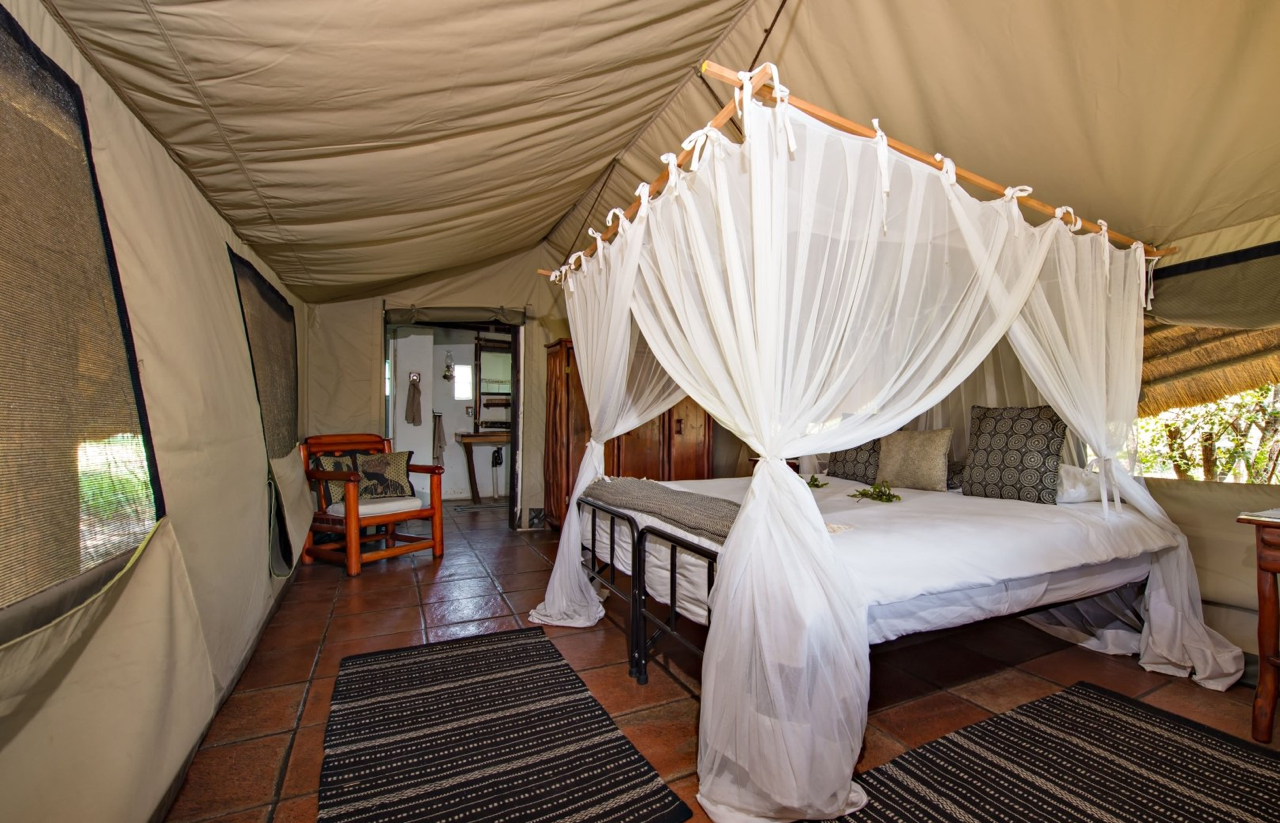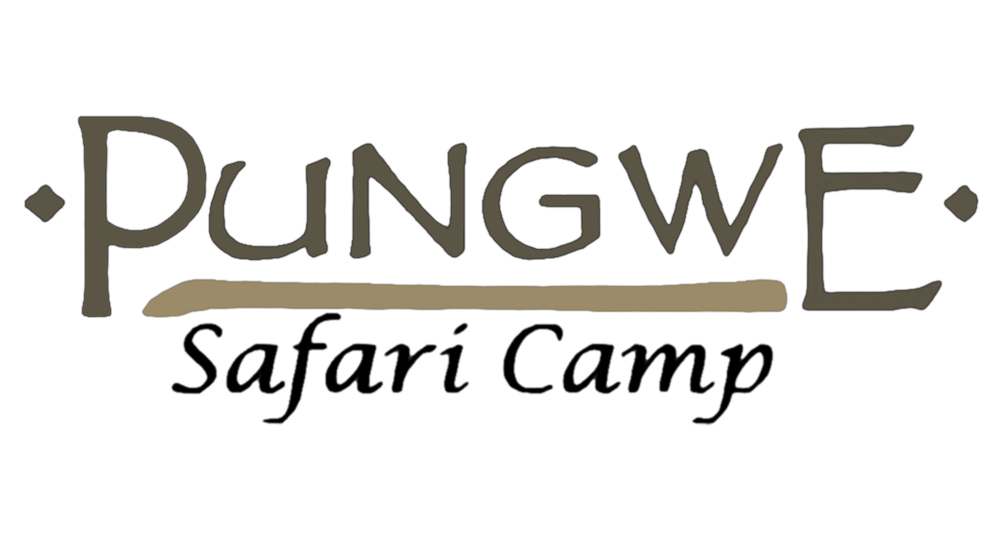
Meet our most iconic antelope
The kudu is one of the most impressive animals in the Manyeleti
As the rising sun casts long shadows over the golden grasslands and acacia thickets of the Manyeleti, a majestic figure strides gracefully along the treeline, standing tall with long, spiralling horns crowning its elegant head... There really is nothing to compete with the magnificence of a greater kudu bull - one of the most iconic of our antelope species that plays a critical role in keeping the Greater Kruger's ecosystems in balance. Let's find out more about this fascinating animal...
So much more than just a beautiful silhouette against the African sky – the kudu is a keystone species, embodying the intricate web of life that thrives in this corner of the African wilderness. From its striking horns to its pivotal role in the ecosystem, the kudu is renowned not only for its sheer size but also for its striking appearance.
A fully grown kudu bull can weigh up to 315kg and stand over 1.5m tall at the shoulder. Those trademark corkscrew horns can reach up to 1.8m in length and their weight requires a strong, muscular neck to keep the head upright. The horns, which twist elegantly upwards, achieving two to three twists, are used during tests of strength between competing bulls.
The horns do not begin to grow until the bull is between six months and a year old, twisting once at around two years-of-age and not reaching the full two-and-a-half to three twists until the age of six. They have long served different traditional communities, as both embellishment and musical instruments, the latter including the shofar, a Jewish ritual horn blown at Rosh Hashanah. Here in South Africa the kudu horn has been replicated into another kind of "ritual" instrument - a "kuduzela" - a version of the vuvuzela trumpet blown at soccer matches and sporting events.
Kudu cows, although smaller and hornless, are equally graceful as their male counterparts, with their sleek coats marked by thin white vertical stripes that provide excellent camouflage in the dappled light of the bush.
The greater kudu is most common in Southern Africa but smaller populations of three different subspecies occur in East Africa, the horn of Africa and southern Sahara. Its preferred habitat is lightly wooded savanna and rocky bush country, where it generally sticks to cover to avoid predators, which include lion, leopard, hyena and painted wolves (African wild dogs).
The kudu’s biology is well adapted to the diverse habitats of Manyeleti, from dense woodlands to open savannahs. Primarily browsers, they feed on a variety of leaves, shoots, and fruits, showing a preference for acacia trees and shrubs. This selective feeding makes them vital to the ecosystem, as they help control the growth of certain plant species, preventing overgrowth that could disrupt the habitat’s balance. The kudu’s browsing also aids in seed dispersal, contributing to the regeneration of the bush.
In terms of reproduction, the kudu follows a seasonal breeding pattern. Mating typically occurs towards the end of the rainy season, ensuring that calves are born when resources are most abundant. After a gestation period of approximately 240 days, females give birth to a single calf, which they hide in dense thickets for the first few weeks of life.
During this period, the mother visits her young only for brief nursing sessions, relying on the calf’s instinct to remain still and hidden to avoid detection by predators. Once the calf is strong enough, it joins the small family herd, gradually learning to navigate the complexities of the savannah.
Kudu are social creatures, with females and their young forming loose herds that provide safety in numbers. These herds are fluid, with members frequently joining or leaving, unlike the more structured social groups seen in other antelope species. Adult bulls tend to be more solitary, often only joining herds during the mating season.
Their behaviour reflects their cautious nature; kudu are known for their sharp hearing and ability to remain motionless in the presence of danger. When startled, they can leap gracefully over obstacles from a standing start, clearing heights of up to 2,5m. When they detect danger they usually give a hoarse alarm bark before fleeing, running with a distinctive, rocking-horse motion with bulls laying their horns back to avoid overhead obstructions.
Predation is a constant threat, shaping the kudu’s behaviour and life cycle. Despite this, they can live up to 15 years in the wild, although few reach this age due to the harsh realities of their environment. Calves face the highest mortality rates, with only a fraction surviving their first year. However, those that do mature into resilient adults play a crucial role in maintaining the health and diversity of the Manyeleti ecosystem.
The kudu’s significance extends beyond its role as a browser. As a prey species, it is essential in sustaining the predator populations that define the Manyeleti’s status as a top safari destination. Moreover, their feeding patterns influence the structure of vegetation, contributing to a balanced landscape that supports a variety of wildlife. Their presence also helps to sustain the reserve’s tourism industry, which is critical for the conservation of the area and the surrounding communities that depend on it.
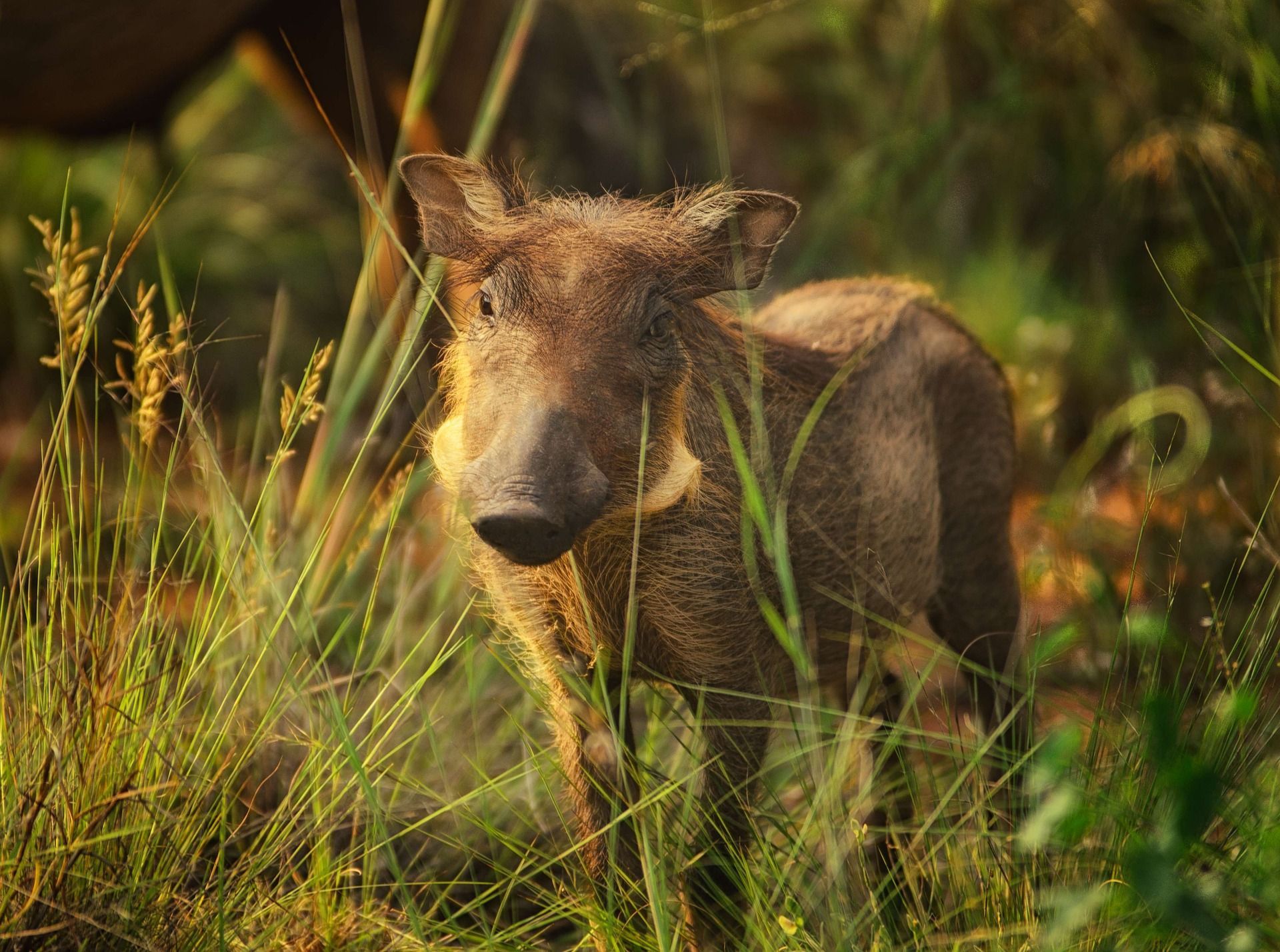
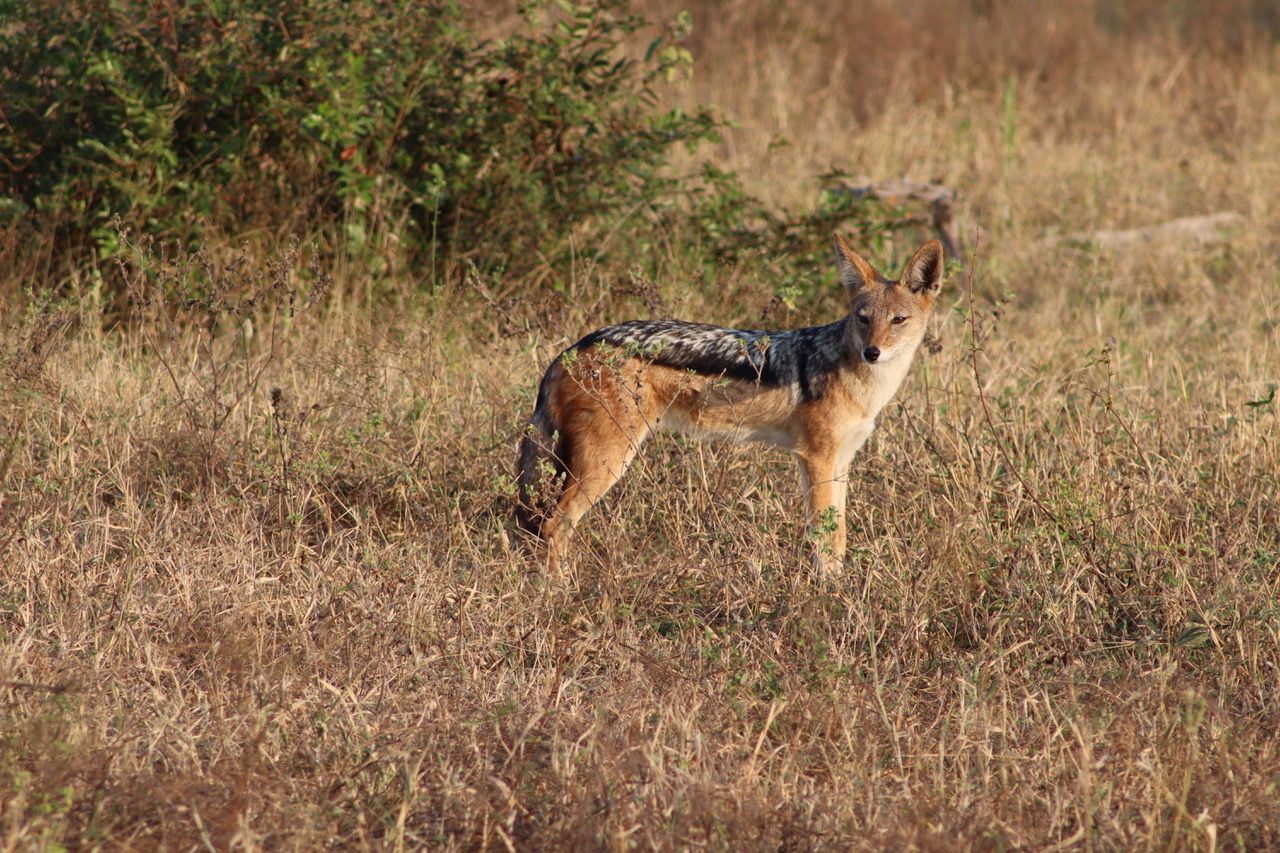
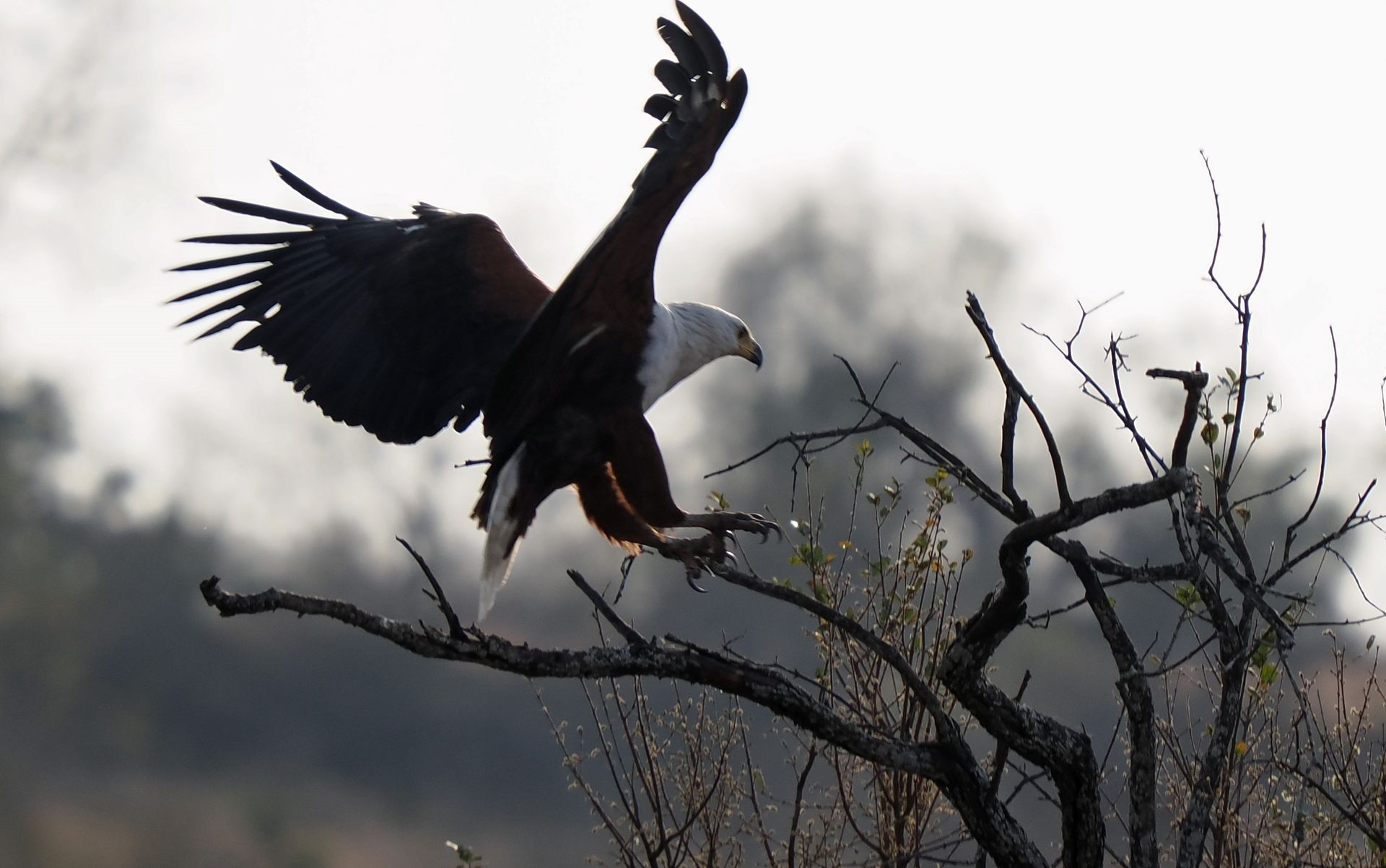
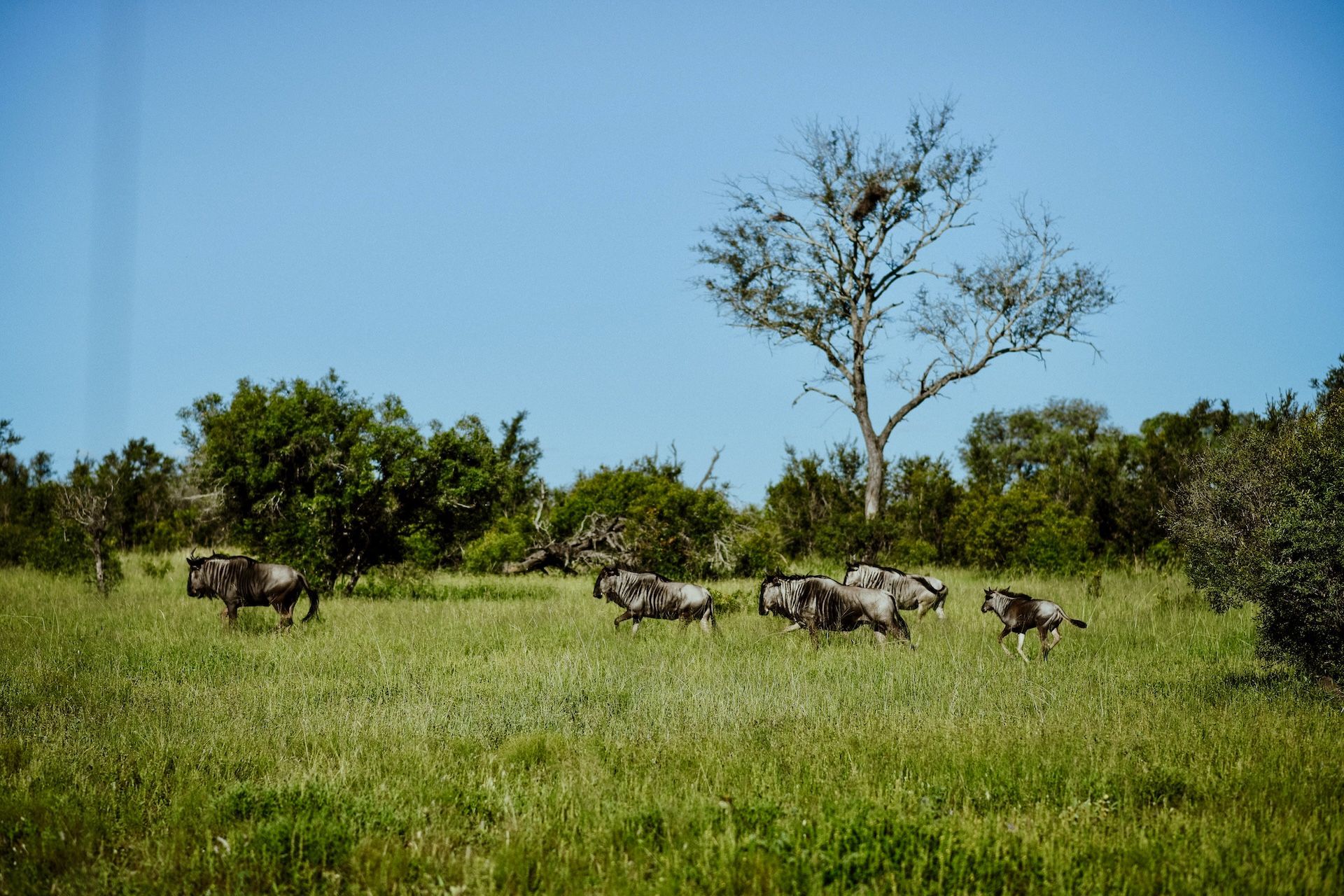
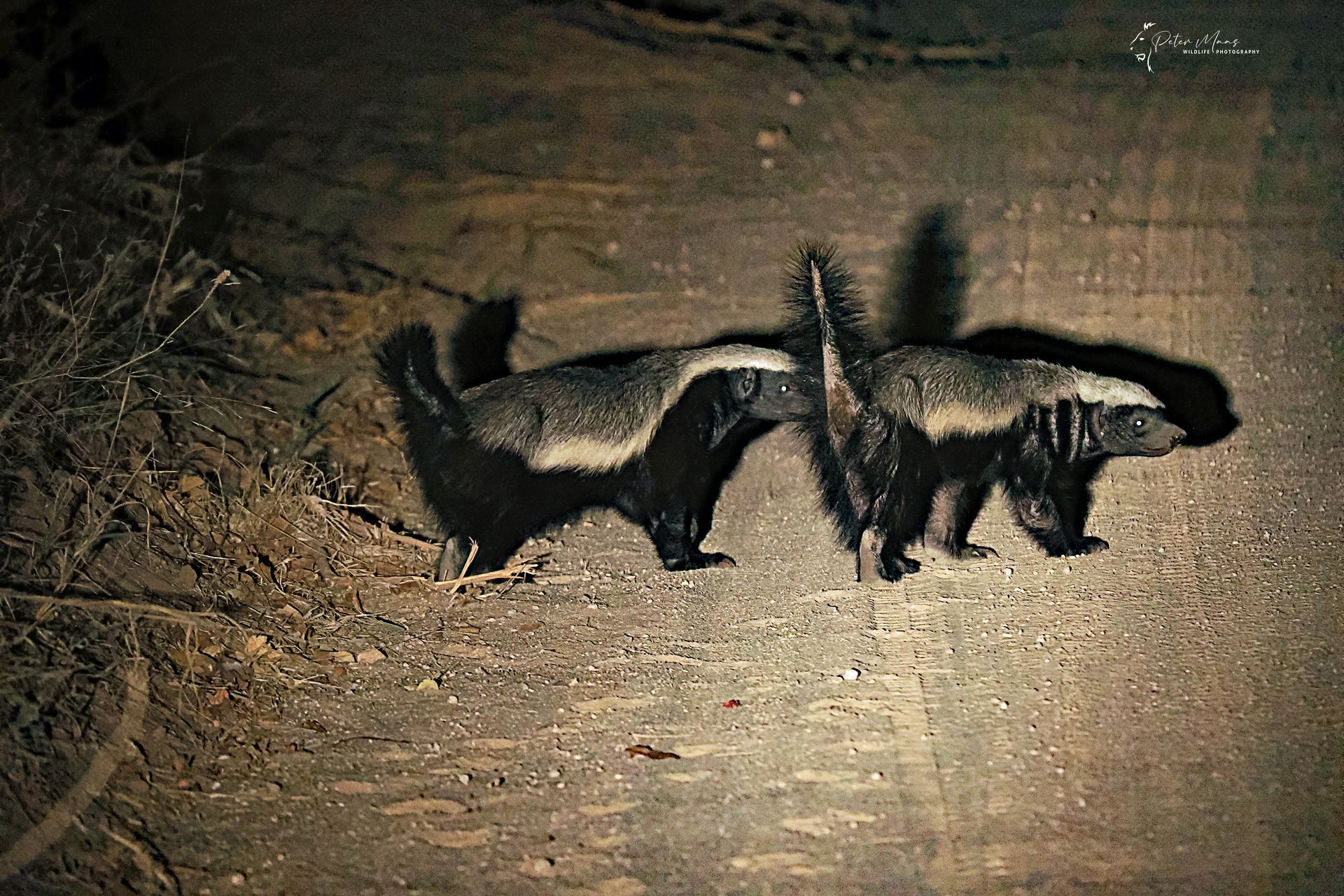
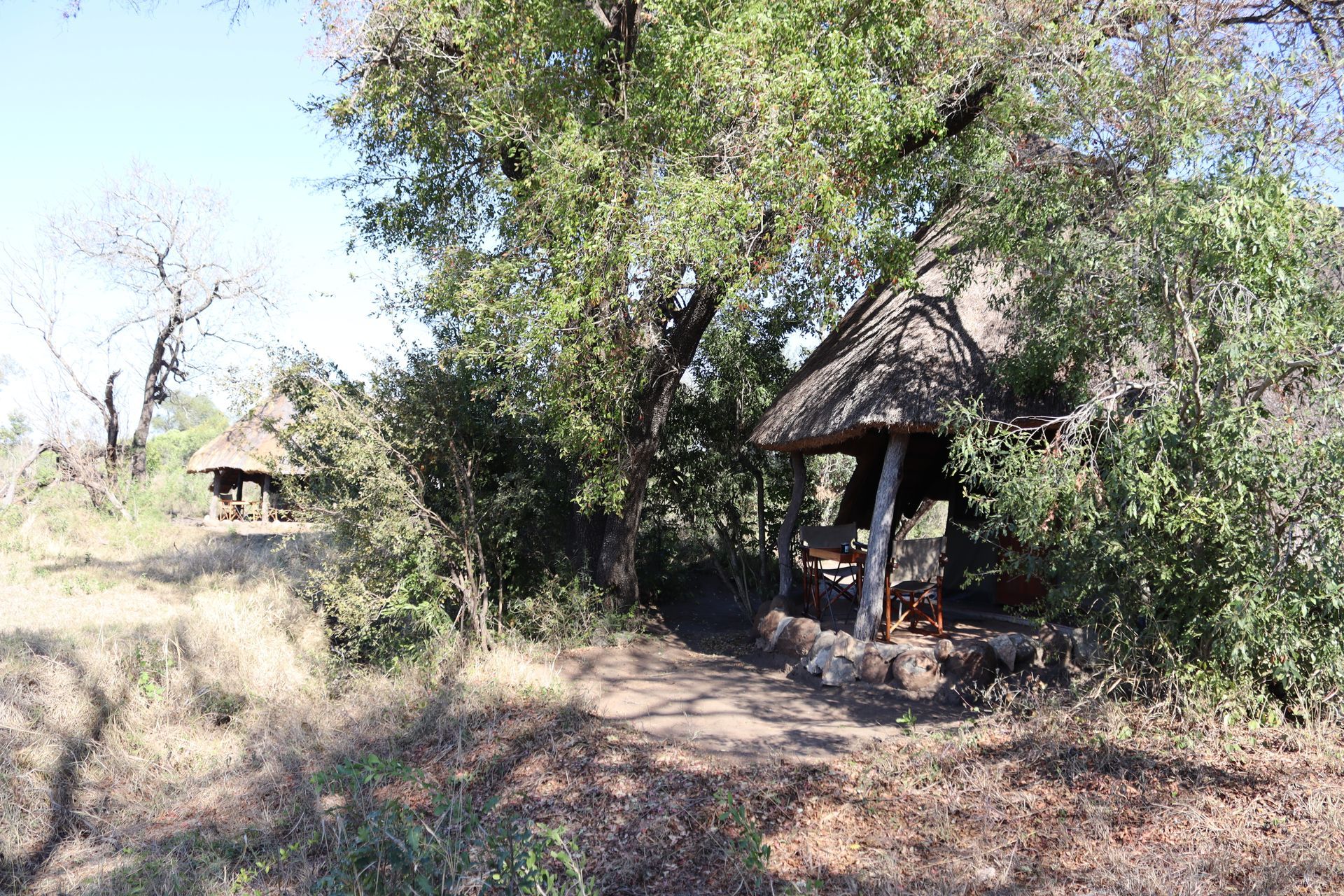
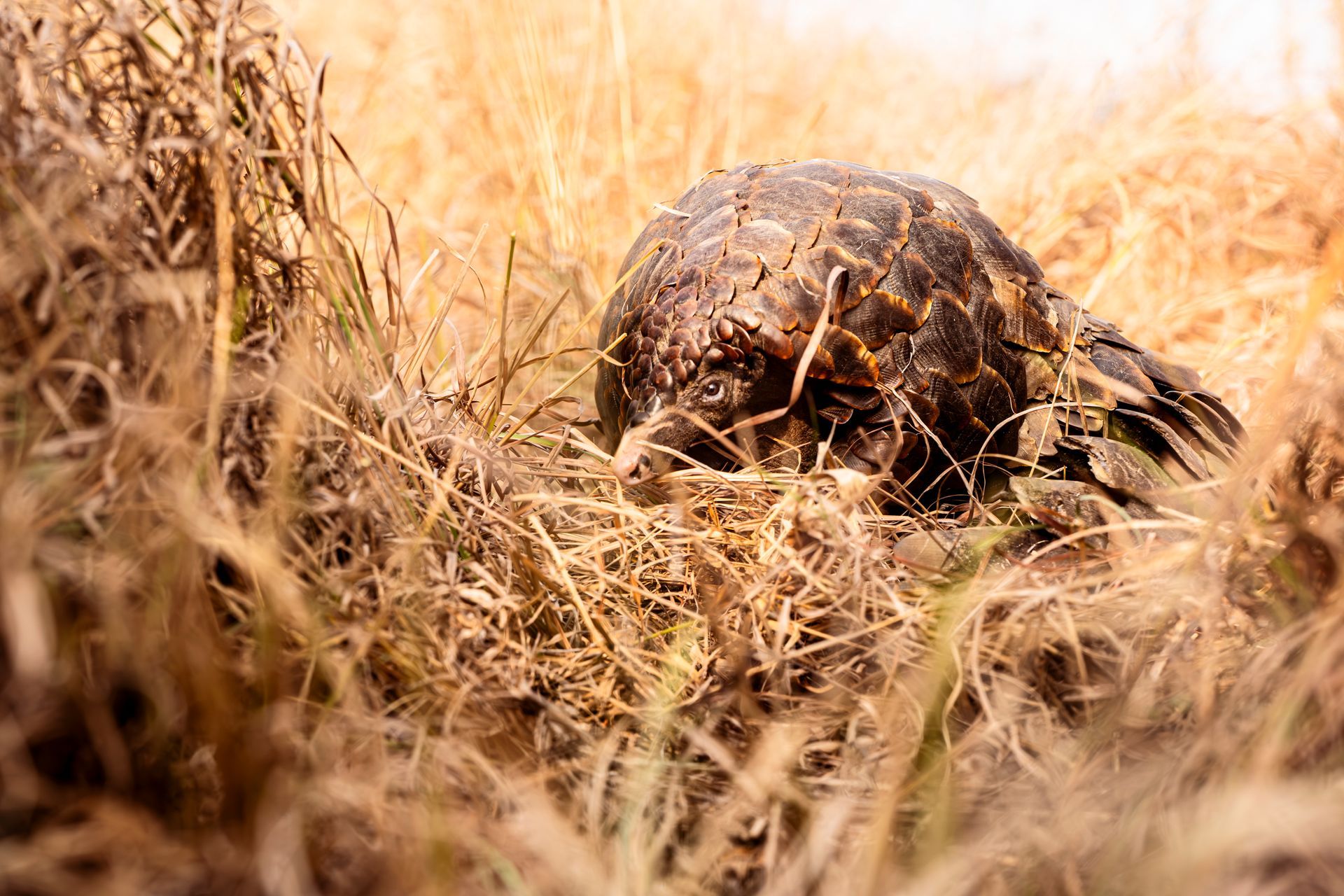
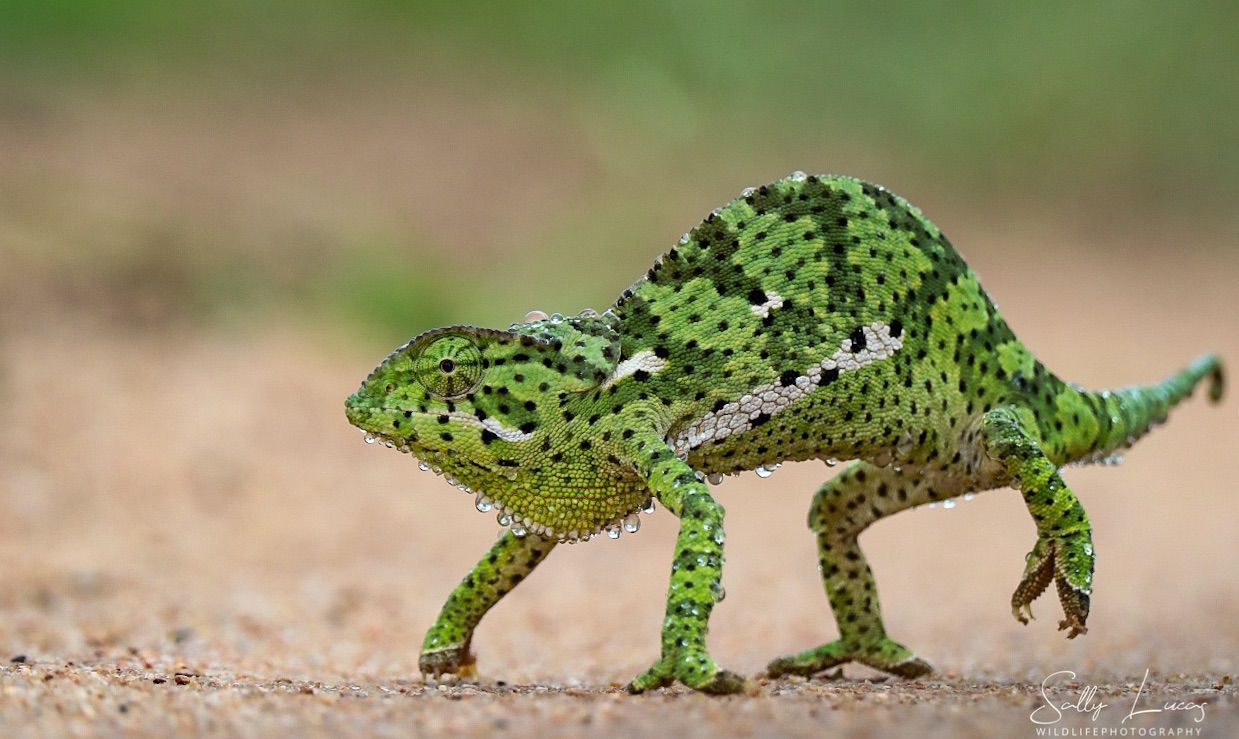
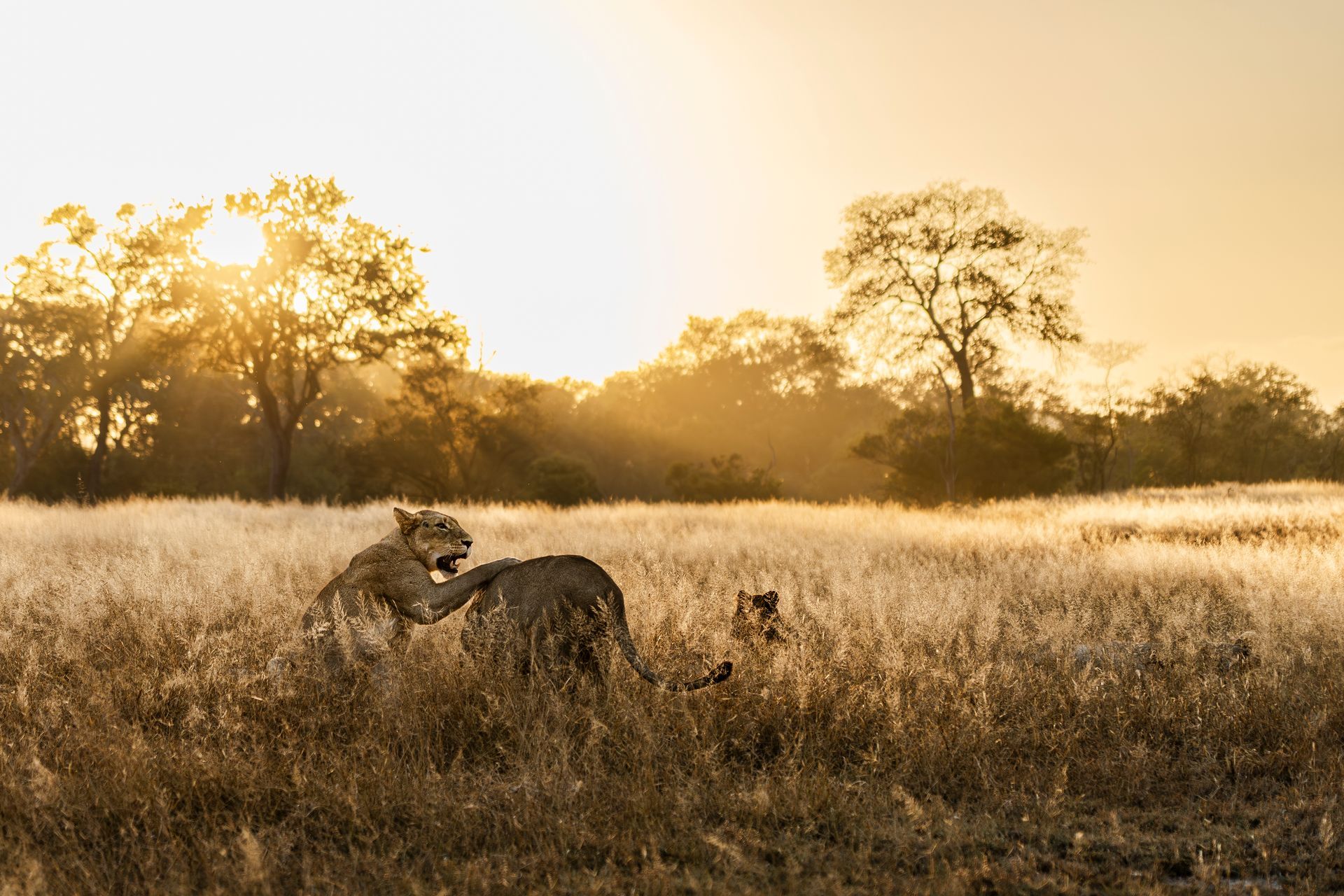
Pungwe Safari Camp
Manyeleti Game Reserve
Mpumalanga
South Africa
Tel: +27 82 853 9533
Email: info@pungwe.co.za
MENU
STAY CONNECTED
Join our Newsletter and find out more
Contact Us
We will get back to you as soon as possible
Please try again later
All images on this website have been taken at Pungwe by guests or staff
All Rights Reserved | Ingweleti Investments (Pty) Ltd T/A Pungwe Safari Camp

